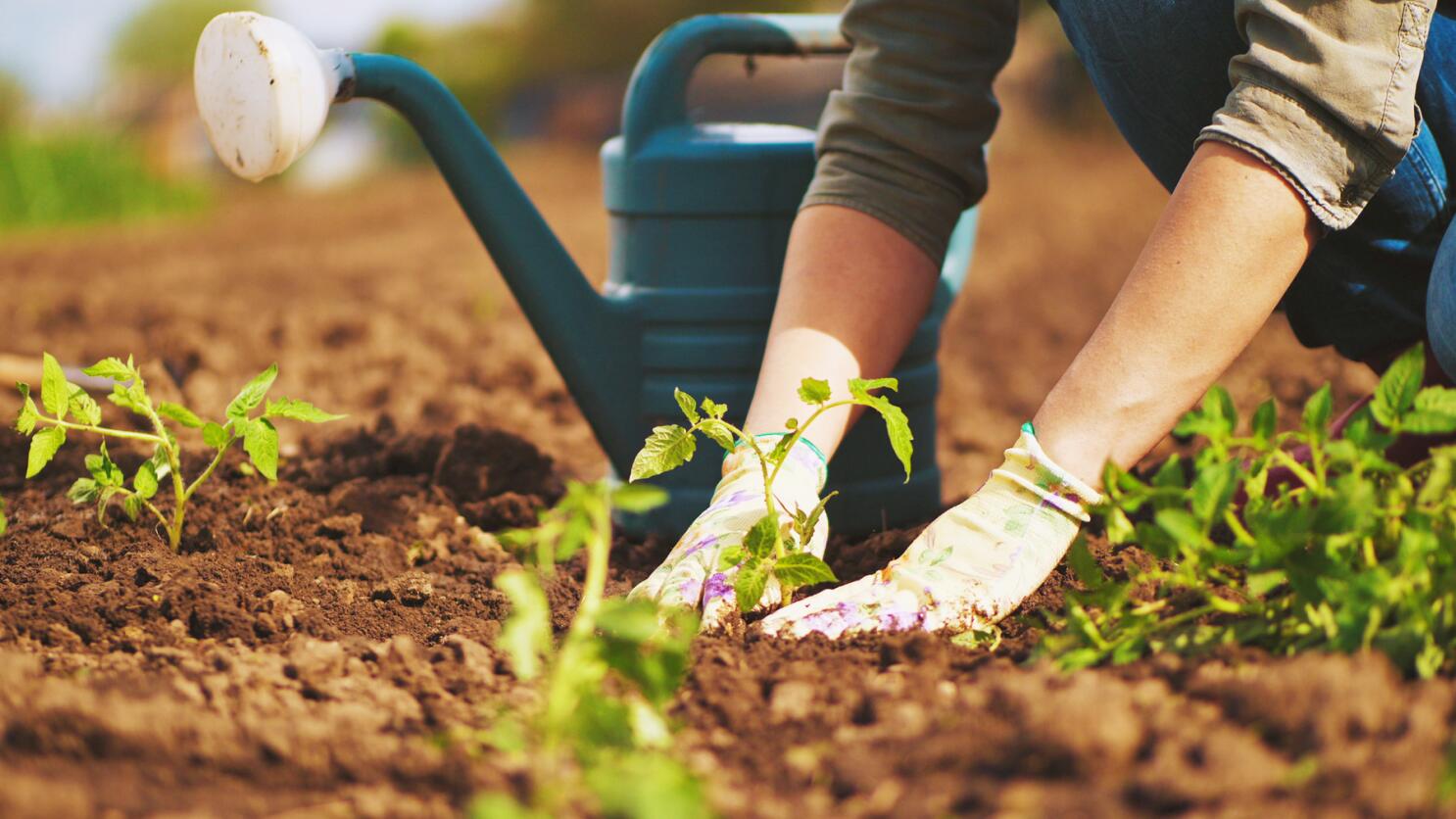From Beginner to Conservationist: Browsing the Globe of Newbie Gardening
Wiki Article
From Novice to Eco-friendly Thumb: A Step-by-Step Trip Through the Art of Horticulture
:max_bytes(150000):strip_icc()/GettyImages-165831199-56d751df3df78cfb37da972c.jpg)
Understanding Your Horticulture Area
To start your horticulture trip, it is vital to understand the unique features and limitations of your horticulture room. Are there any certain challenges you may encounter, such as bad dirt top quality or restricted water schedule? Understanding these variables will aid you make informed choices about the types of plants that will thrive in your area.Consider the dimension of your horticulture location. If you have a little room, you might need to focus on container gardening or upright horticulture to optimize your expanding area. On the various other hand, if you have a huge area, you have the high-end of growing a selection of plants and producing various areas within your garden.
Next, examine the amount of sunshine your area gets. This will certainly identify which plants will certainly flourish and which ones might struggle. If your room is shaded, you can go with shade-loving plants like brushes or hostas. If your room receives complete sun, you can grow a large range of plants, including veggies, herbs, and flowers.
Finally, take into consideration any obstacles or constraints particular to your space. If your dirt high quality is poor, you may require to change it with compost or pick plants that are tolerant of less-than-ideal problems. If water is limited, you can select drought-tolerant plants or execute water-saving techniques like mulching.
Selecting the Right Plants for Your Garden
Select plants that are well-suited to your garden's unique problems and your individual preferences. When picking plants for your yard, it is vital to consider variables such as sunshine, soil type, and environment. Some plants prefer well-drained soil, while others flourish in clay-like or wet dirt.Another important aspect to consider is your individual choice. Do you choose a garden loaded with colorful flowers, or are you a lot more curious about growing veggies and natural herbs? Consider the function you want your yard to serve and the aesthetic you want to accomplish. It's also worth considering the upkeep level of the plants you pick. Some plants require more treatment and focus, while others are more low-maintenance.
Preparing the Soil for Growing
Many plants choose a slightly acidic to neutral pH, around 6.0 to 7.0. Badly drained dirt can lead to waterlogged roots and various other plant health and wellness issues. By evaluating and making needed amendments to your dirt, you can produce an ideal atmosphere for your plants to flourish.Nurturing and Preserving Your Garden
When you have prepared the dirt, it's time to get your hands filthy and begin nurturing and preserving your yard. The key to an effective garden corresponds treatment and focus. Watering is critical, particularly during dry spells. Ensure to water your plants deeply, permitting the water to penetrate the dirt and reach the roots. Normal weeding is also important to keep your yard cost-free from unwanted plants that complete for nutrients and area. Take out any kind of weeds, taking care to www.newbiegardening.com/ remove their origins to stop them from returning. Furthermore, it's important to offer correct nutrition for your plants. Take into consideration using natural plant foods or compost to enhance the soil and promote healthy development. Trimming is one more important task to maintain your yard looking cool and urge better air movement and sunlight infiltration. Trim off any type of damaged or dead branches to preserve the general health of your plants. Lastly, watch for insects and conditions. Routinely examine your plants for any indicators of invasion or ailment and take prompt action to avoid more damages. By following these nurturing and maintenance methods, you will certainly make certain a thriving and attractive yard.Troubleshooting Common Gardening Issues
If you see eaten leaves or plants that are wilting for no noticeable factor, you may have a pest problem. If your plants have actually yellow or blemished fallen leaves, they might not be getting enough nutrients. Get rid of influenced plants and deal with the continuing to be ones with natural fungicides or chemicals.Conclusion
By recognizing your horticulture area, selecting the right plants, preparing the soil, and supporting your garden, you have overcome common horticulture issues like a pro. Now, armed with understanding and experience, you are ready to appreciate the elegance and abundance of your prospering yard.
When choosing plants for your garden, it is vital to consider elements such as sunlight, soil kind, and climate. Some plants choose well-drained soil, while others flourish in clay-like or wet dirt (newbie gardening). By understanding your gardening room, picking the right plants, preparing the soil, and nurturing your garden, you have overcome usual horticulture issues like a pro
Report this wiki page